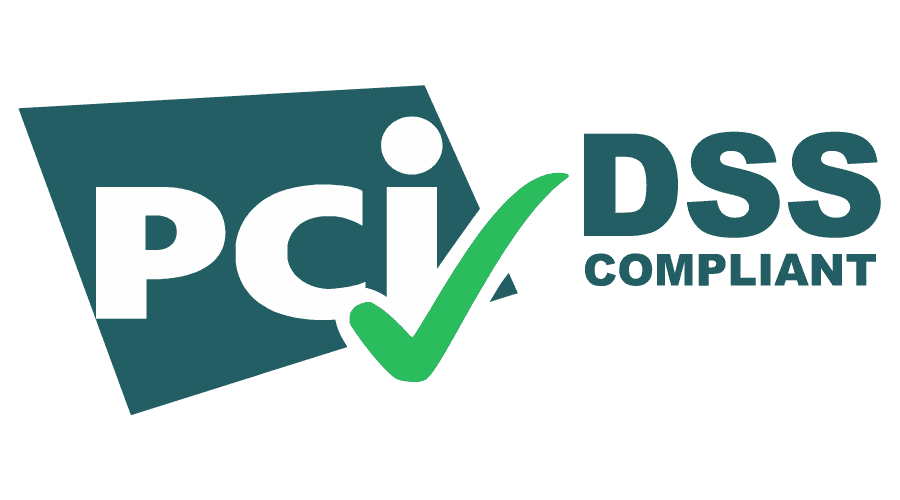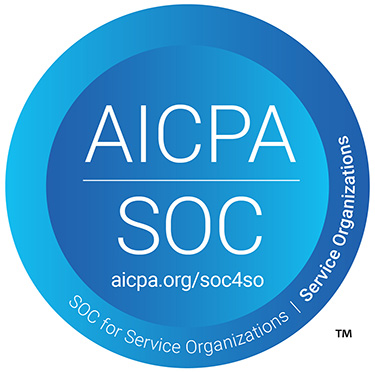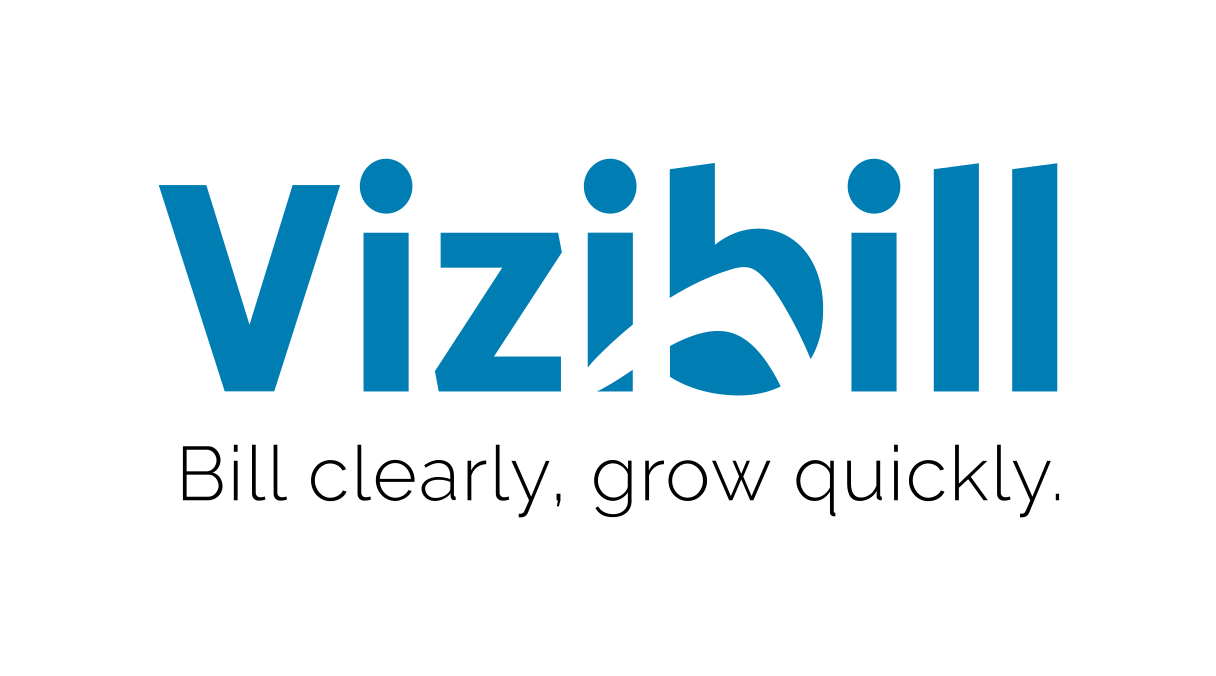Recurring billing has become a popular business model for good reason — if successful, companies can benefit from predictable revenues.
In this model, growing means providing value to your customers through pricing, service quality, and other metrics.
Here’s what we know: the global subscription e-commerce market is expected to grow to $904.2 billion by 2026. And yet, 48% of subscription businesses struggle with core accounting and reporting processes. In fact, a large portion of them even struggle with audit and compliance issues.
Knowing this, it’s clear why balancing customer acquisition costs with lifetime revenue, minimizing churn rates, and having insights into specific KPIs for data-driven decisions are critical to running a smooth, compliant business.
Even though the recurring billing business model can be highly beneficial, it also introduces challenges that can hinder growth or create costly mistakes. Solving these challenges is vital for ensuring a lasting, profitable operation.
Finding solutions begins by identifying these challenges; the earlier, the better. We’ll be drilling down into the common hurdles enterprises face to help discover how to overcome them with the right processes and recurring billing software.
Key Challenges Preventing Effective Recurring and Subscription Billing
Effective recurring billing involves time-efficient and accurate invoicing or automatic charges for every active customer. And yet, companies often depend on manual processes, which are time-intensive and error-prone, even for highly trained teams.
Organizations need the right processes and systems to handle the details of recurring billing products or services. So, let’s dive into these key challenges to understand how they can be solved.
#1: Struggling with High Billing Volume
A core challenge companies often face is processing a high volume of recurring billing consisting of a customer base with different pricing plans, billing methods, and billing cycles. As a recurring model, these challenges will continue until a solution is found.
Efficiently managing and synchronizing billing cycles is critical to solving this problem. For example, billing every customer on a monthly tier 1 plan on the same day helps create streamlined processes.
Handling high billing volume requires robust processes and software to create a streamlined, accurate operation. Otherwise, teams may be bogged down in manual processes and fail to bill users on time or create costly errors. Processing a recurring monthly payment may be a great business model, but it requires the right solutions to truly succeed.
#2: Lacking Scalable Solutions During Rapid Growth
Growth phases are an integral part of a successful organization, but they can create new problems that must be solved quickly.
Some of these problems fall on accounting teams, as processing payments is a barrier to receiving services. Any deficiencies in processes and platforms that may have been minimal before growth may become staggering while scaling.
With recurring billing, these challenges can occur at every billing cycle until they’re solved. Adopting recurring billing software that automates key processes will minimize overwhelming staff, allowing them to focus on higher-impact tasks such as handling disputes or failed payments.
#3: Managing Complex Plans and Pricing Models
Recurring billing is an overall category with a range of subcategories, and organizations often use several strategies within this umbrella.
Some platforms offer a flat rate with varying tiers, often with annual or monthly cycles. Other platforms may opt for a usage-based billing platform with several tiers and price points. Businesses often combine these two models, such as per-user pricing and usage-based fees.
What happens if a usage-based platform charges incorrectly for services? Billing less than what’s owed creates a loss while overbilling can result in lost customers.
The more complex your pricing model, the more flexible your billing platform must be. Additionally, developing procedures and workflows for accurately tracking and billing usage is critical for usage-based billing.
Some businesses will also need recurring invoicing software rather than an automatic platform — you need a solution that fits for your specific business model.
#4: Maintaining Quality Control
Quality control is important for any type of billing model. However, recurring billing often raises the stakes as errors can lose customers who may have otherwise stayed around for years.
Additionally, if the error is widely applicable, it can result in overcharging or undercharging your entire customer base. To ensure retention, billing users precisely what they owe at the agreed-upon date is necessary.
Quality control processes are critical to avoiding errors throughout the process, whether they affect one or multiple customers. Having workflows to conduct frequent audits and the right platforms that make them easier is of the utmost importance for a lasting business.
#5: Tracking Churn and Retention Data
Did you know customer churn costs U.S. businesses upwards of $136 billion every year? For many subscription-based businesses — gaining insights into churn and retention is critical.
But first, let’s start with the basics.
Churn is the term used to describe customers canceling a recurring product or service. It’s also a cornerstone KPI that helps management and marketing teams implement correct action. Similarly, having insights into customers who have remained loyal is highly valuable.
While the accounting team focuses on critical tasks of processing payments, refunds, and failed billing — this data must be tracked. But how do you gain this data to enable better decision-making?
Recurring billing platforms are often able to generate on-demand reports about both churn rates and retention, including deeper dives into the data behind these customers. Did they leave after one cycle or 12? Was there any exit survey or other indicators about what caused loyal customers to leave?
#6: Missing Third-Party Integrations
Receiving and processing payments is a critical component of any business, but it’s not the only one. Using billing platforms that are able to integrate with your other solutions, such as CRMs and ERPs, creates operational efficiencies throughout the organization.
Additionally, third-party integrations open up new automation opportunities that further reduce the workload on finance and accounting teams. For example, automatically updating a customer’s payment history can go far in helping sales or customer service teams in their roles.
Consider integrations with your existing ecosystem when choosing your recurring billing platform. Do you use QuickBooks or Salesforce? Does the potential solution integrate them to offer greater utility?
Partner with Vizibill to Overcome Your Recurring Billing Challenges
Pairing effective software with the right processes is necessary to overcome these challenges. Otherwise, a single error due to inefficient workflows can have costly consequences.
The added costs of effective software and creating robust procedures may be initially daunting but become exceedingly crucial as your business grows.
Vizibill is an industry leader in recurring billing software designed specifically to overcome the unique challenges of the recurring business model. Using a purpose-built solution is critical to avoiding pitfalls or deficiencies of generalized alternatives.
Are you struggling to keep up with the workflow of recurring billing, or are you just starting and want to do it right from the start? Book a strategy call demo with a billing expert and see how our platform can help you overcome your biggest recurring billing challenges.






